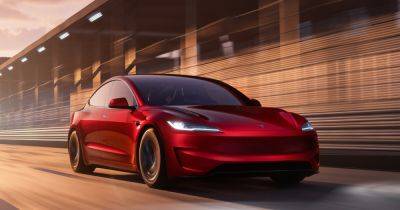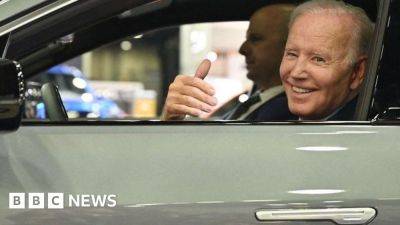PHEVs emit 350% more CO2 than claimed because lax drivers don’t charge them: EU
Using data collected from mandatory on-board fuel consumption monitors (OBFCM) installed in all new EU-market liquid-fuelled cars since January 2021, the Commission put the results down to PHEV vehicles “not being charged and driven fully electrically as frequently as assumed”.
Of the on-board data collection, the European Commission says: “This on-board data has to be collected by the vehicle manufacturers – either through data transmission over-the-air, or when vehicles are brought in for repairs or services – and sent annually to the Commission.
«In April 2022, the Commission received data for 10.6% of the cars and 1.0% of the vans, which had been first registered in the EU in 2021. In this first year of data collection, the fleet coverage was below expectations for most manufacturers. Further steps are needed to significantly improve monitoring in the coming years.”
“For vans, the 2021 dataset was insufficient for an in-depth analysis. The dataset was small because, for most vans, it was only mandatory to be equipped with on-board fuel consumption monitoring devices as of 2022.”
Despite the limitations described above, the Commission says the real-world data collected so far for cars provides valuable preliminary insights for ICE (internal combustion engine) vehicles and PHEVs alike.
According to the report, the average gap observed between the real-world and the official type-approval average CO2 emissions and fuel consumption of new cars registered in 2021 was 23.7% for petrol cars and 18.1% for diesel cars (1-1.5 L/100km or 28-35 g CO2/km).
The Commission said the gap between WLTP laboratory claims and its real-world data was anticipated, “as there are different factors affecting real-world emissions which cannot all be fully replicated in a laboratory test, such as the traffic conditions, landscape, road conditions, ambient temperature, use of air-conditioning and on-board electronics, and driver behaviour”.
News
Some cars drink up to 20% more fuel than claimed while others are actually more efficient than their lab figures
Readers may recall that the Australian Automobile Association (AAA) has been running its own tests on the fuel consumption of







